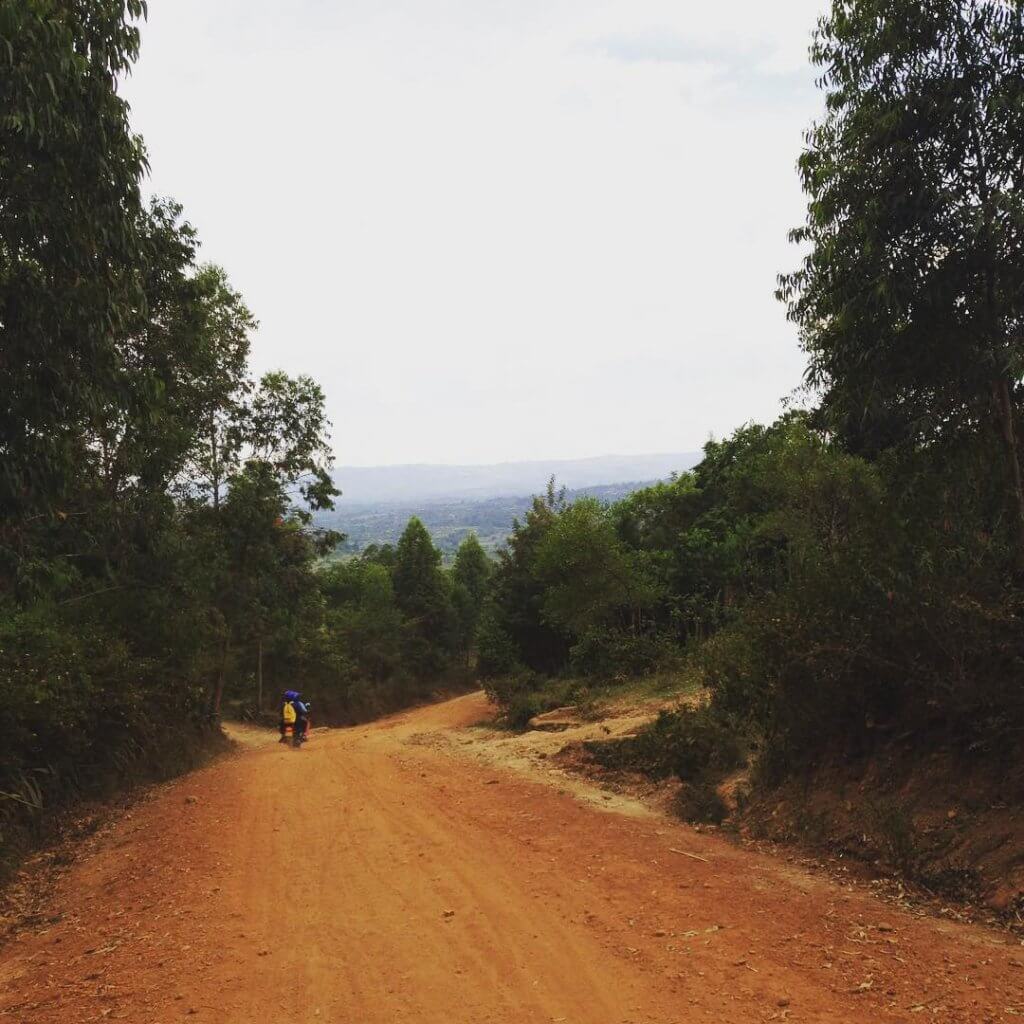Webuye and Kapsabet, January 2017
A new year ahead with the looming question of how to scale in a smart way
We’ve mentioned in several previous posts our three main hypotheses and what we’ve learnt so far. We believe that:
- There is a big demand for modern, if pricey, household goods in our region to justify setting up a for profit business.
- Almost all of our clients repay the products they received on time, even if we don’t do expensive and inconclusive credit tests and without PAYG technology that switches electrical circuits off if they’re late.
- We know how to sell our services in the most cost-effective way so not to break the bank by selling directly to customers without costly intermediaries, often heralded as ‘entrepreneurs’.
We have now reasonable proof that these assumptions hold thanks to the client data and feedback we have been collecting since inception from our first hub in Webuye.
But can we say that these data is sufficiently large, significant, and unbiased? Have we been perhaps lucky?
The only way to find out is through testing if our business model is replicable and scalable across rural Kenya, and for this we have ambitious plans for 2017.
Scale is the new Holy Grail
As a retailer designed to serve the majority of rural families we need to find a model that works at scale. What does this mean? For us it means that our three main hypotheses hold no matter where we choose to be located.
We’ve sadly seen too many start-ups in our part of the world and our sector go to scale too quickly and without a plan, only to collapse a few years down the line. Part of this probably due to investor pressure and trying to increase company value by being in 10 countries at the same time in year 1 with a half functioning prototype/MVP. The other part is probably not spending enough time validating your product or service before going all out, wrongly assuming the early adopters are representative of the rest of the population. Lastly, we also believe many go to scale rapidly to catch early adopters in a broader geography to keep the lights on before the mass market catches on with lower prices at scale. There’s perhaps some necessity in this but also a false promise. Aren’t you just cheating your way out from thoroughly examining the weaknesses in your business model? That’s not to say sitting at home and iterating around your front yard is the right answer. And we won’t do that.
We are setting up four new hubs this year in locations that are carefully chosen in a way we maximise learning to bullet-proof our three main hypotheses.
We believe that our next location must not be too far away for operational reasons but ideally be diverse enough to be able to learn more with a different set of clients. Then one needs to think of our target market. What type of agricultural activities are our prospective clients engaged with? What impact do different cash crops, tea rather than sugar cane, have? Does it matter?
Oh, what about competitors? Our experience showed us that having companies or NGOs selling similar goods is not necessarily a bad thing. It keeps staff motivated and awareness of certain products and ways of paying for them can be already high amongst our clients.
Testing the limits
By choosing a varied set of locations and different economic drivers (e.g. the main cash crop in the area) we plan to test the limits of our main hypotheses.
First, demand for our products. Deciding on what products to offer is less easy than it seems. It seems that there is a sweet spot in terms of unit price. If it’s priced low, there will be a higher demand but a lower need for credit and add-on services. If the price is too high, there is less demand and hence finding a group of people willing to buy at the same time can be challenging. Group lending offers great economics of scale but can it be made to work for all types of products?
Second, our clients’ repayment behaviour. We hope to learn more about the magic behind social capital. Is this equally strong amongst tea farmers, dairy farmers and sugar cane farmers? How do different social settings in Kenya have an impact? How sensitive are sales and repayment rates to farming seasons, and can regions set off each other?
And finally, our engine of growth: our evangelist group leaders. We hope to be able to refine our model of recruiting clients by engaging with a much varied set of leaders. Will there be enough evangelists interested in our product range in all the locations? Is the network effect equally effective across locations?
Lessons learned
- Demonstrating scale is everything today: if one cannot prove scalability in the early days, investors and others will lose interest quickly.
- Bootstrapping an expansion is tough but keeps you alert to find the right balance between growth and quality of your loan portfolio, as you, and not the investor, is in charge of the accelerator.
- Running a business is like having a baby, when you thought you had it figured out the baby grows and you need to start all over again!
Favourite Steve Blank Manifesto line: “Preserve cash while searching, after it is found, spend”.

